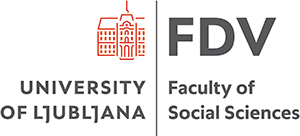Web surveys are extremely appealing from a managerial viewpoint because they are cheaper when compared to other survey modes. With the expansion of new technologies (the Internet, mobile phones, interactive television, handhelds, etc.) it seems that web surveys will in a few years become the prevalent data collection method. However, their effect on data quality and research costs remains relatively unclear.
It is important to remember that costs and errors (i.e. data quality) are interconnected. Although relatively low expenses are considered the top advantage of web surveys, that is not always the case. If we wish to increase the response rate, which can be accomplished by employing traditional recruitment methods, the expenses rapidly increase. Similarly, probability-based internet panels are very expensive to maintain. The cost-effectiveness of web surveys must therefore be evaluated in reference to errors.
On the other hand, it is important to keep in mind that increasing the approachability of internet users means that survey errors are decreasing while expenses are relatively low compared to other conventional survey methods. It is also the case that sampling errors are decreased by increasing the sample size because that decreases the probability that the sample will be statistically different from the population. In practice, the sample size is, of course, limited by the research budget. That is, however, not such a problem when web surveys are concerned because expenses do not critically change when increasing the sample size.
1KA is available free of charge and offers an easy to use user interface that enables the designing of very complex questionnaires. Users can collect data of high quality even when advanced data collection methods are employed.



